How to Plan a Backpacking Trip in 19 Easy Steps
11 min readDo you want to travel abroad and wonder how to plan a backpacking trip? This guide will help you!
Planning a backpacking trip is exciting, but it can be a little overwhelming too. There are so many things to consider, from where to travel to and the duration of your trip to booking your flight and researching what to do once you’re there.
I’ve planned a bunch of backpacking trips in Europe, Asia, South America, and Africa over the last ten years and will share in this step-by-step guide how to handle this without getting overwhelmed. This will allow you to plan your trip smoothly without forgetting something important.
So, without further ado, here’s how to plan a backpacking trip in 16 simple steps:
Before You Go
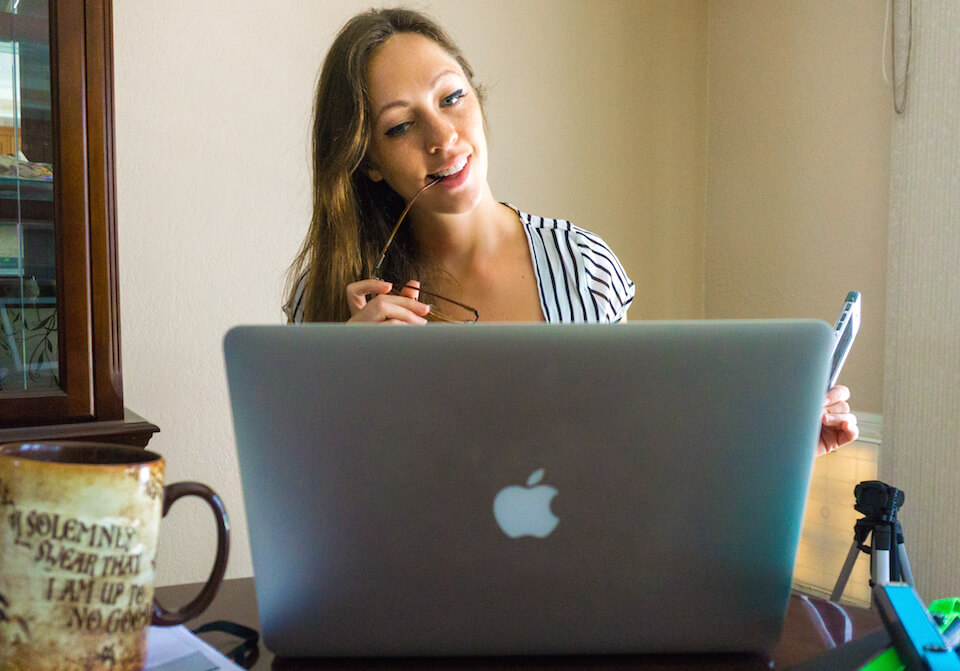
1. Determine the dates and destination
The first thing to do when planning a backpacking trip is pick your dates and destination. Ask yourself how long you will travel, what kind of activities you’re looking for, and the type of weather you prefer.
You will find five important factors to consider below:
Cost: It’s important to determine your budget and research the cost of travel in the countries that you’re interested in. Check the price of accommodation, activities, transport, and food, and make sure that you can afford to travel there. For example, while traveling in Southeast Asia is pretty cheap, some other destinations can be quite expensive. It’s good to know also that traveling during high season (which varies from place to place) is more costly. So, consider traveling during shoulder season if you’re on a tight budget.
Weather: Another important thing to consider is the weather. Make sure to check the temperature and the average rainfall during your chosen month. Although I had an amazing time backpacking in Myanmar, I was there during summer and it was 118 degrees Fahrenheit in some places I visited. Needless to say, I’ve learned my lesson!
Your level of fitness: As backpacking can be physically challenging, keeping your level of fitness in mind when choosing a destination is good. If you’re going to go camping in the mountains, for example, you will have to carry all of your backpacking gear with you, and there might be some pretty steep parts.
READ NEXT: 8 essential backpacking tips for the hike of a lifetime
Backpacker friendliness: While some destinations are backpacker-friendly, others are not. Dubai, for example, is not the best place to go backpacking, as it’s pretty expensive and there aren’t that many backpacking activities. Countries like Thailand, Vietnam, and Mexico, on the other hand, are perfect for backpackers!
Visa requirements: While some countries have a visa-on-arrival option, others will require you to apply online or at the embassy. It’s good to research this in advance, as you won’t be able to enter the country without a valid visa!
2. Book your flight
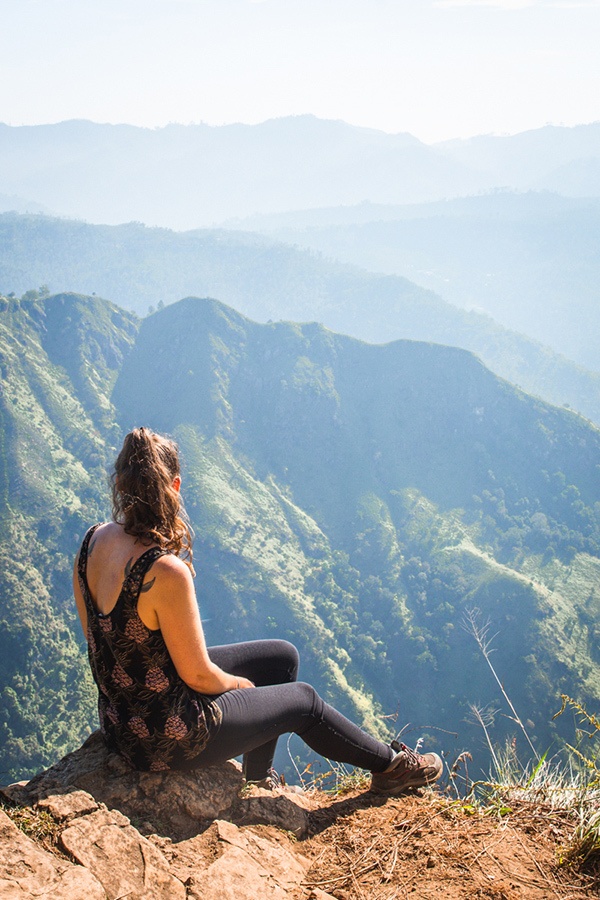
Once you know where you’re going, it’s time to book your flight! This is one of the most important factors in planning a backpacking trip. I use Skyscanner, Kayak, and Google Flights to look for the best rates. (Want to get into travel hacking? Here’s how I fly business class with credit card miles.)
Many people say that the best time to book a flight is 2–5 months before your departure. Also, if you’re flexible with your dates and destination, it’s good to know that it will be easier to find cheaper flights.
An important thing to consider before booking your flights is whether you will fly home from the same airport as the one you landed in. When you’re covering a lot of ground, it sometimes makes sense to leave head home from another airport.
3. Create a rough itinerary
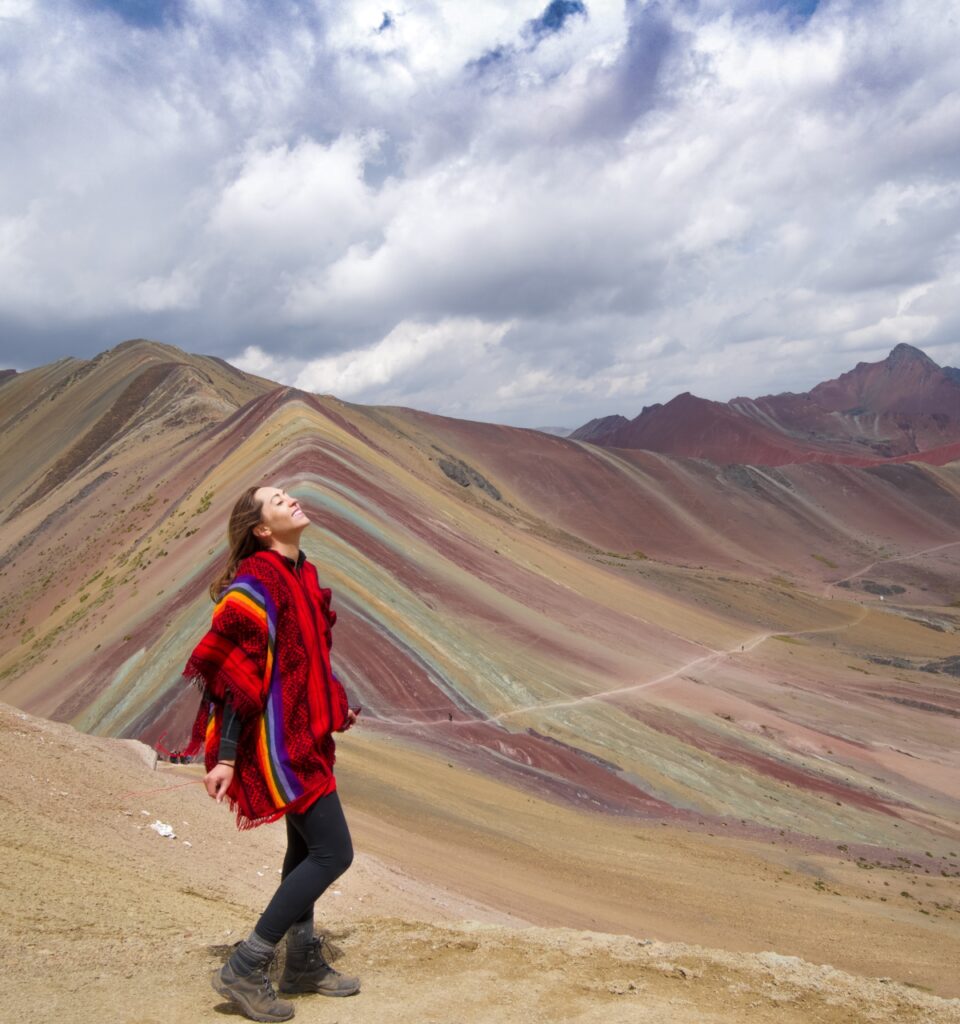
What places would you like to visit once you reach your destination, and what activities would you like to do there? These are important things to research to make the most of your trip.
Although many activities can be booked once you’re there, sometimes they need to be booked ahead of time. If you would like to hike the Inca Trail and visit Machu Picchu in Peru, for example, you will need to book in advance, as tickets are limited.
Group tours can usually be booked a day in advance, but it depends on your destination, so you will want to look this up before leaving.
How detailed your itinerary is depends on you. While some backpackers like to have a detailed plan, others (me included) prefer to leave things as open as possible, as this allows for last-minute decisions and changes in plans. This is not a problem in most countries, but some destinations require a little more planning.
4. Invest in the necessary gear
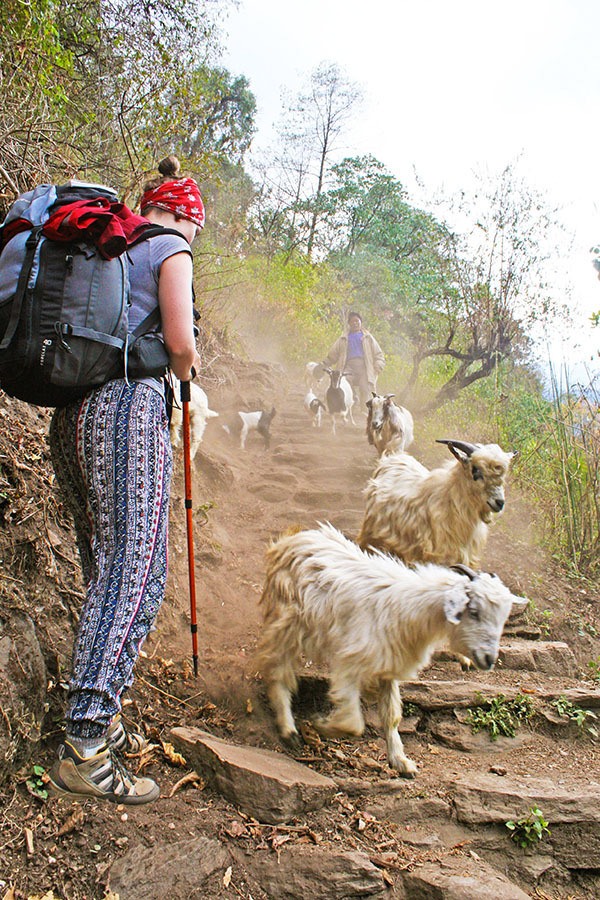
Once you know where you’re going and what you’re going to do, you can determine what gear you will need. Shops like REI, Backcountry, and Patagonia are great for shopping for backpacking gear. You’ll also want to be sure you have a sturdy pair of hiking boots.
Consider also what gear you will need to invest in and what you can rent. For example, if you’re only going to camp once, it makes more sense to rent a tent and sleeping bag at your destination if that’s possible.
If you don’t have one already, one of the most important items that you will need to buy is a good backpack. Make sure that it’s comfortable and big enough to pack your essentials.
Other essentials for a backpacking trip are a reusable water bottle and a SteriPen, a quick-dry towel, and a sleeping bag liner. This last item can also come in handy if the sheets at your hostel aren’t all that clean (which happened to me many times).
5. Start training for your trip
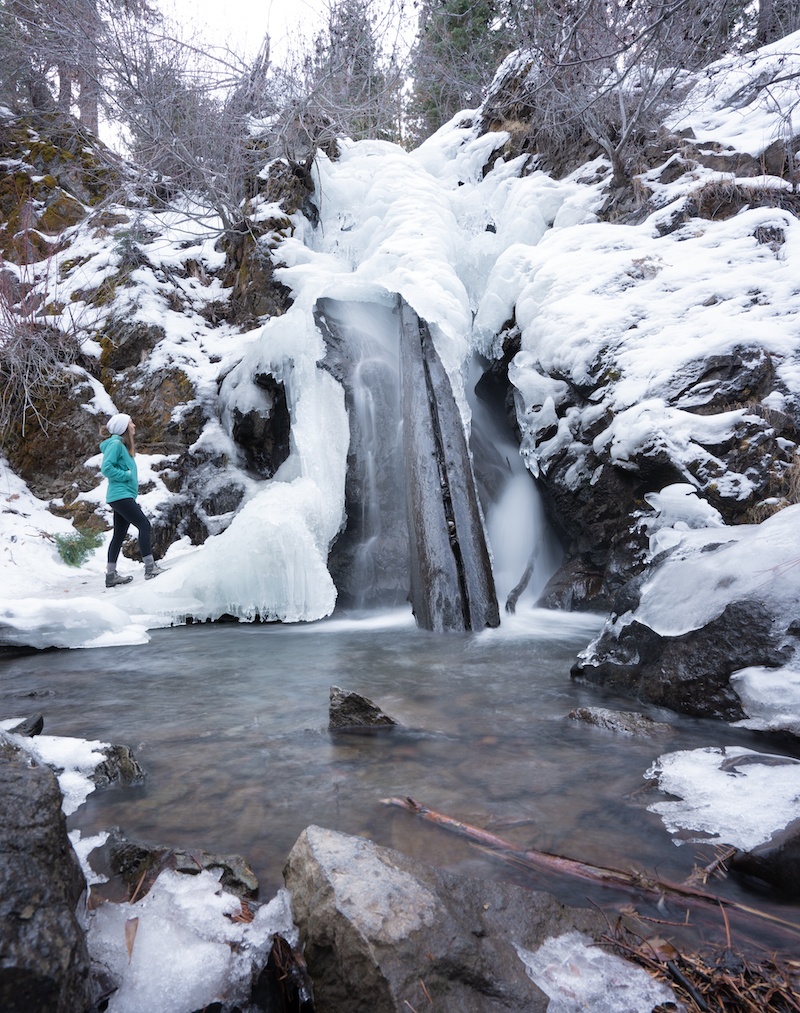
If this is your first backpacking trip or if you haven’t been on one in a while, it’s a good idea to train before leaving. Backpacking can be physically challenging, as you will have to carry your backpack everywhere, so it’s good to be prepared.
The best way to do this is by going on walks with your backpack. Start with shorter walks with a backpack that’s not entirely filled, then gradually add weight and go for longer hikes.
You will also want to make sure that you can lift your backpack easily. Heavy lifting is a good way to increase your muscle strength.
6. Get travel insurance and vaccinations
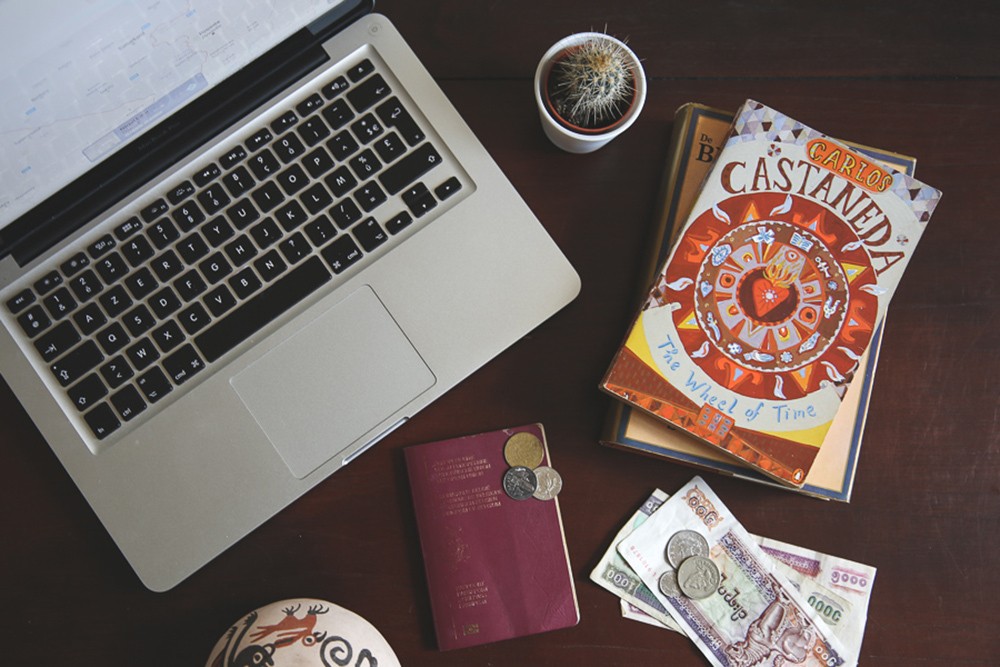
Travel insurance and vaccinations are two important things to consider when traveling abroad.
You never know what will happen, and although I hope this won’t be the case, you might get sick or break a leg, and being left with a huge bill will only make things worse. On top of that, it will cost a lot of money if you need to be evacuated for medical reasons. Healthcare isn’t up to Western standards in some countries and, if something serious happens, you might have to go to a hospital in your home country.
That’s why it’s important to always get travel insurance when you’re traveling abroad.
Depending on where you’re going, you might also need vaccinations. Make sure to see your doctor in time, as it can take a few weeks for vaccinations to start working. Some countries also require proof of vaccination for yellow fever to enter.
7. Notify your bank
This one depends on your bank, but it’s an important thing to check when you plan a backpacking trip. If I don’t notify my bank when I travel outside of Europe, I won’t be able to withdraw any money at my destination, which would suck.
You can easily notify your bank by using online banking, or call them if you’re not sure if it’s necessary.
If you’re a frequent traveler, it might be worth getting an international debit card to avoid paying high banking fees every time you withdraw money at an ATM. Wise and Revolut are some examples. I’ve been using Wise for years and can recommend it.
8. Book your first hostel and research how to get there
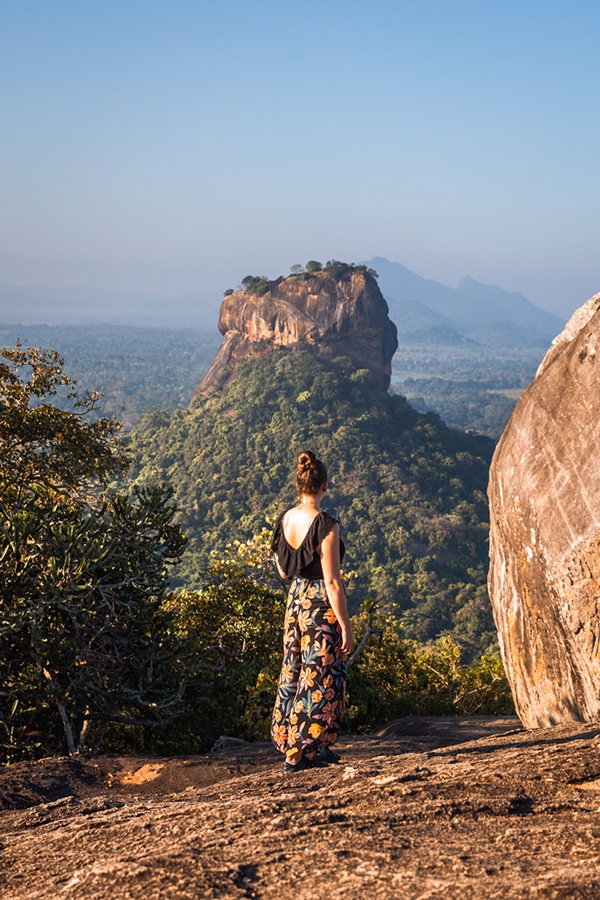
Chances are you will be tired when you land at your destination, so it will be nice to have your first accommodation booked so that you know where to go after leaving the airport. This can easily be done with apps like Booking, Agoda, and Hostelworld.
It’s also good to research how to get to your accommodation in advance. Is there a bus, a metro, or a train there, or will you take a taxi? Citymapper is a useful app that can help you do this. This app works in plenty of cities in the US and Europe and they’re expanding to other regions as well. Make sure to look up taxi fares too if this is your preferred method of transportation.
Although you can book your other hostels too, this will give you less flexibility (unless you can cancel them), so this is not something I usually do. Unless you’re traveling to a popular destination during a special occasion, it’s not necessary to book your accommodation in advance in most countries.
If you’re going to stay in hostels frequently, it’s a good idea to bring a padlock. Many hostels have lockers, but they sometimes charge more for padlocks.
9. Download offline maps and look up the exchange rate
If you don’t have an international SIM card (see #10 in this post), you won’t be able to access the internet once you land at your destination, so it’s good to download offline maps for some peace of mind. Some airports might have Wi-Fi, but this is not always the case, so it’s better to be safe than sorry.
Maps.me is a great app that allows you to download maps for offline use. If you have it on your phone, you will be able to find the way to your hotel easily, even when you’re offline. I use this app all the time when I plan a backpacking trip. It allows me to save the destinations I would like to visit and research the distance between them.
Also check the exchange rate before leaving. This will help prevent you from being scammed. To do so, I recommend using XE Currency Converter. This app calculates exchange rates live and lets you save your favorite ones so that you can access them immediately.
10. Get an international SIM
If you want to stay connected, you will want to get an international SIM card. This will allow you to make calls, send texts, and use data at local rates while you’re traveling.
International SIMs are easy to use, and they will help you save money, as they’re often more economical than local SIMs.
Another nice thing about international SIMs is that you won’t have to worry about getting a new SIM for each country if you’re visiting more than one.
11. Make a packing list and start packing
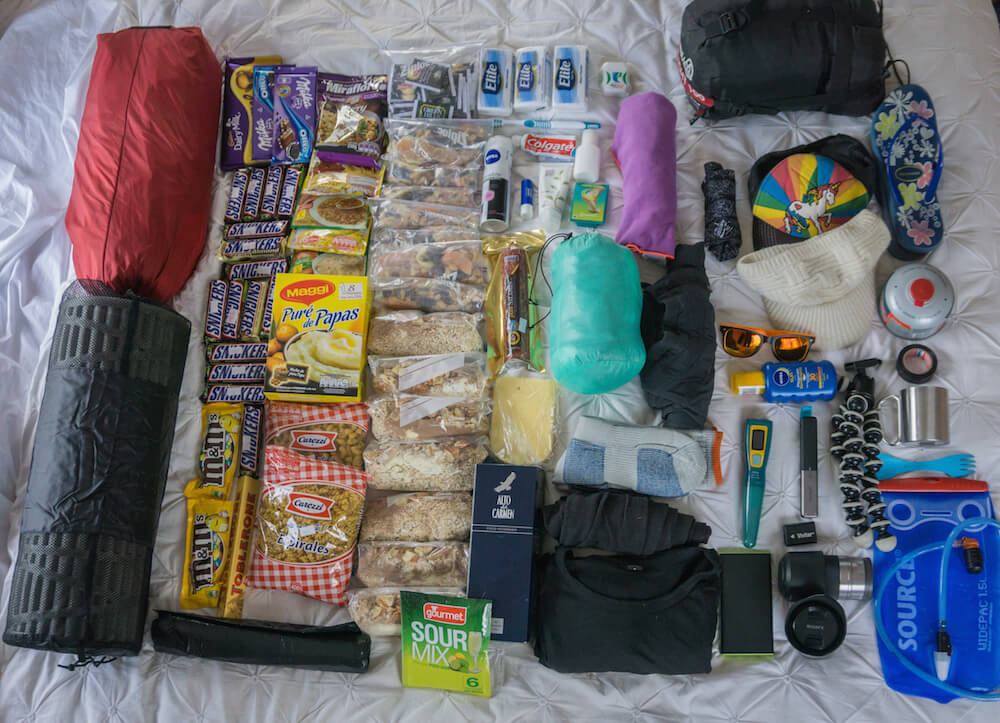
Finally, the last thing that you will need to do before leaving is making a packing list and start packing! Don’t wait until the last day to start making your list, as you might need to buy something for your trip.
What you will need to pack largely depends on your chosen destination. Packing for Southeast Asia, for example, will be different than packing for Africa or Utah.
A mistake many backpackers make is packing too much. I would recommend packing as lightly as possible. Your back will be thankful, and it will leave some space for souvenirs too. Keep in mind that you can always purchase something at your destination if you need it. Depending on what it is, you could even rent it or borrow it from someone.
There are two important factors to consider when packing a backpack:
Weight distribution: It’s most comfortable to put heavier items in the middle, medium-weighted items in the bottom, and light items in the top of your backpack.
Accessibility: There will be some items that you will need to access more frequently (water bottle, sunscreen, and your wallet, for example). So make sure to pack these items so that you can access them quickly.
Here’s the only backpacking checklist you will need, and a definitive ranking of the best instant backpacking meals to help you out.
After Landing
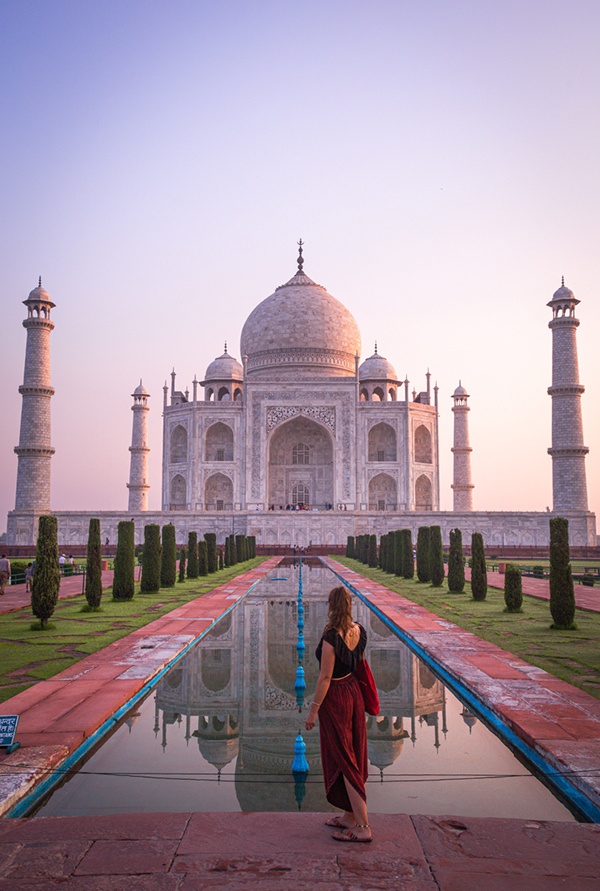
12. Withdraw cash
The first thing I like to do after collecting my luggage is to head to the ATM and withdraw local currency. You will know how much you need to withdraw thanks to step #7 on this list.
Most airports have an ATM in the arrival hall, and if this is not the case, it won’t be too far from there. I have never seen an airport that doesn’t have an ATM!
Don’t exchange money at airport counters, because these will give you the worst possible exchange rate. If you have dollars or another currency that you would like to change, it’s better to do this in the city.
13. Watch out for scammers
As they are where most tourists will enter a country, scammers love hanging out at airports’ arrival halls. They like to take advantage of tourists who are tired after their flight and aren’t aware of the local prices. I can’t recall the number of times people have tried to scam me there. When I landed in Kathmandu in Nepal, for example, I paid three times the normal price for a taxi from the airport to my hotel.
You can avoid being scammed by looking up the taxi fare in advance, avoiding unmarked taxis, and reading up on other scams.
At Your Destination
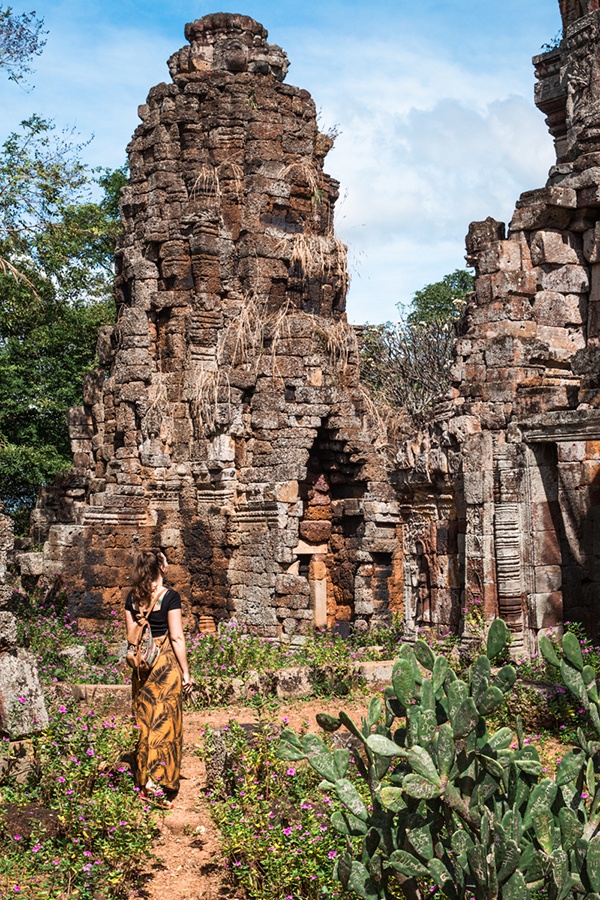
14. Fight the jet lag
Jet lag can be tough, especially when you travel east. Among other things, it can affect your mood, cause headaches, and insomnia, and make you irritable.
This is something I experienced firsthand after I landed in Sri Lanka. I had trouble falling asleep and didn’t feel quite like myself for about a week.
Luckily, though, there are some things that you can do to get over jet lag faster:
- Adjust to the schedule of your destination. Stay awake during the day, even if you’re super tired, and try only to sleep at night. Eat meals at appropriate times too.
- Be active and get some sunlight during the day. This will help your body adjust.
- Drink lots of water and avoid alcohol and caffeine, as these can affect your sleep.
15. Plan activities
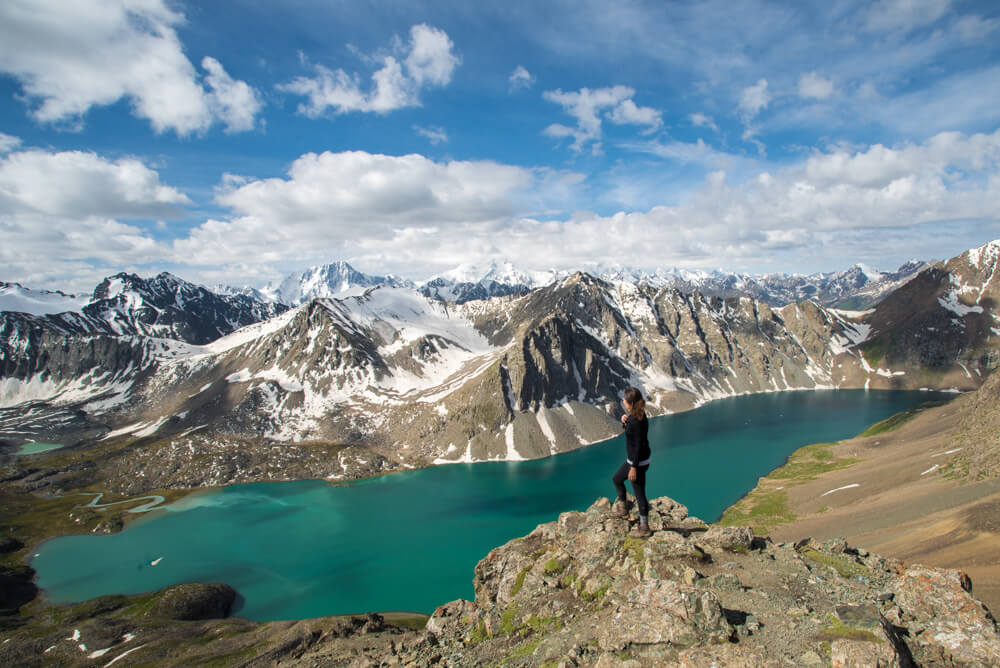
If you haven’t already, you can start planning activities once you reach your destination.
What will you do in the coming days, and do you need to book transport or group tours in advance? If you do, these can be booked in some hotels or travel agencies at your destination. Alternatively, you can also book tours via websites like GetYourGuide and Viator.
Don’t forget to check the opening hours of the places that you would like to visit too. I showed up somewhere numerous times, only to find out it was closed because I didn’t look up the opening times before going.
16. Enjoy your trip!
No matter if you’re going backpacking in Thailand, Kyrgyzstan, Alaska, or Patagonia, the last step is to enjoy your trip and have fun! Make some friends, try the food, learn about the culture, and relax when you need to.
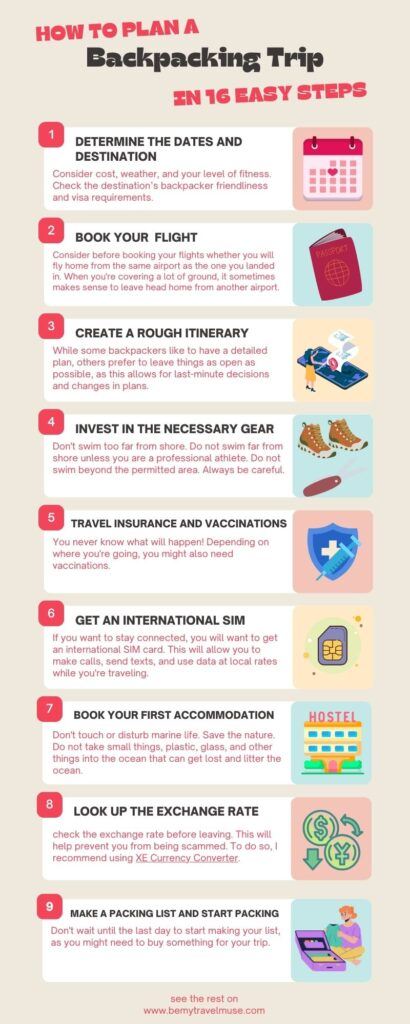
Exploring new destinations is wonderful, and although it might be a little daunting to plan a backpacking trip for the first time, you will see that the more you do it, the easier it will get.



